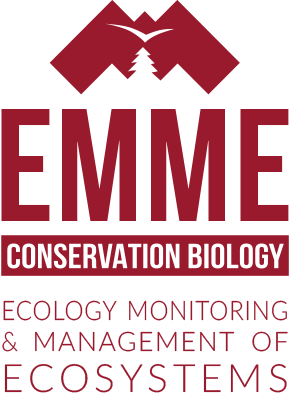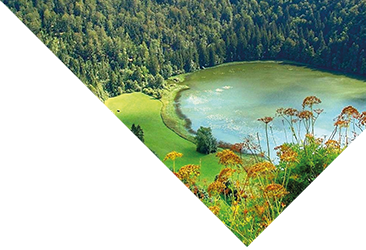Description:
This unit presents impacts of humans on the biogeosphere from its origins to the present day and the complementarity of different approaches (archaeology, paleoecology, history, ecology, ecotoxicology) to assess anthropogenic impacts on ecosystems and associated services, at different spatial and temporal scales.
This teaching includes 4 main themes :
- From hunter-gatherer to intensification of global land use as a process of global change
- Different paleoecological proxies for different purposes: paleoparasitology, palynology, subfossil chironomids, chemistry, anthracology, dating proxies
- Anthropogenic impacts on habitats, biodiversity and climate
- Management and mitigation
Learning Objectives:
Theoretical learning outcomes:
• Knowledge and integration of different scientific fields and approaches (archeology, paleoecology, history, ecology, ecotoxicology) allowing identification and understanding of anthropogenic impacts on the biogeosphere, from its origins to the present day.
Technical learning outcomes:
• Understanding and interpreting data coming from various scientific fields and approaches, and integrating these data in a multidisciplinary framework.
• Integrating different temporal and spatial scales (from geologic to short times, from local to global impacts, linking with the management options of ecosystems) in assessment of anthropogenic impacts.
Teaching Methods:
Lectures, seminars, practicals.
Prerequisites:
Knowledge of biogeochemical cycles (Carbon, Nitrogen, water), population and community structure and dynamics, resource flows within ecosystems, food-web structure and dynamics.
Assessment:
Reports on the content of the sessions, oral and written exams.
Recommended Reading:
- Arbogast, R. M., Herbin, M. P. H., Méniel, P., & Vigne, J. D. 2005. Animaux, environnements et sociétés.
- Costanza, R., & Daly, H. 1992. Natural capital and sustainable development. Conservation biology, 6(1), 37-46.
- Couvet, D. & Teyssèdre-Couvet, A. 2010. Ecologie et biodiversité : des populations aux socioécosystèmes. Belin, Paris, 336 p.
- de Vaufleury, A., Gimbert, F., et Gomot, L. 2013. Bioaccumulation, bioamplification des polluants dans la faune terrestre : un outil pour la biosurveillance des écosystèmes. EDP Science, 682 p.
- Gauthier, E., Bichet, V., Massa, C., Guillemot, T., Millet, L., Petit, C., & Richard, H. 2015. De la déglaciation à l’agriculture moderne: histoire environnementale du sud du Groenland. Les nouvelles de l’archéologie, 141, 56-62.
- Ramade, F., 2007. Introduction à l’écotoxicologie : fondements et applications. Lavoisier, 618 p.
Related Media:
- Soleil Vert, 1973, de Richard Fleischer.
Coordinator:
Valérie VERNEAUX, valerie.verneaux@univ-fcomte.fr





